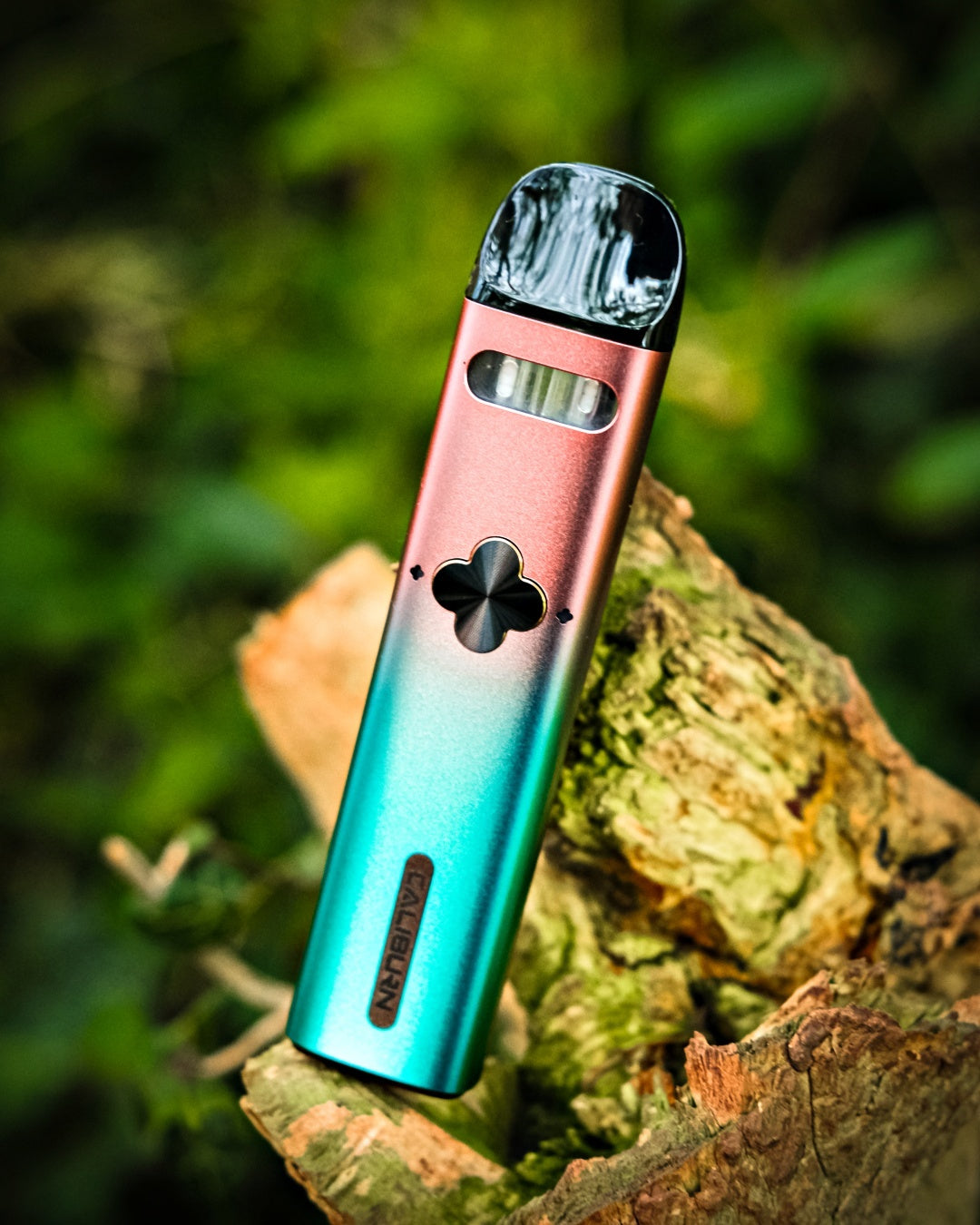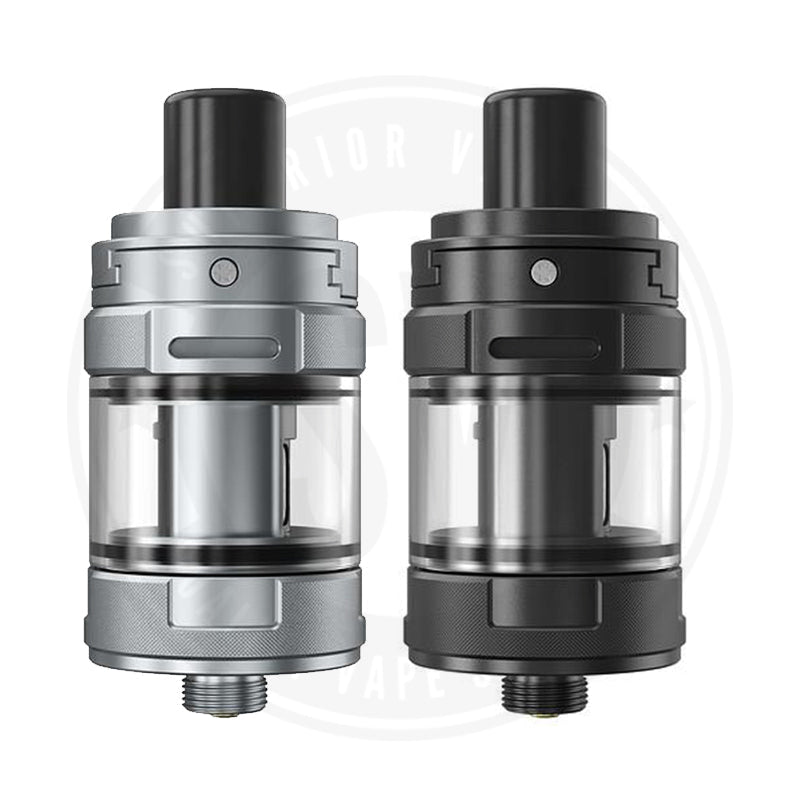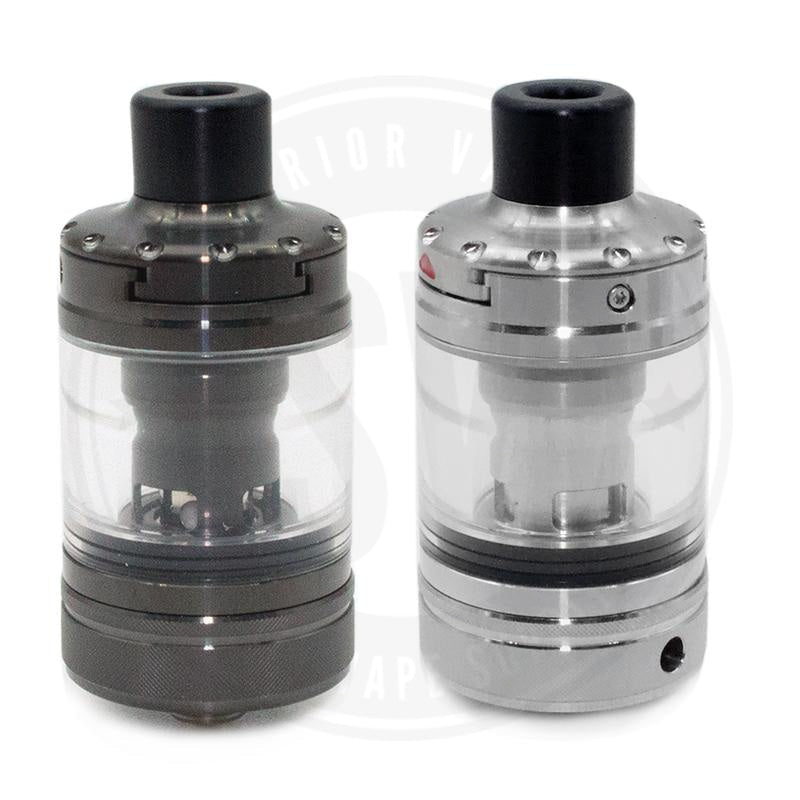2018 was an important year for the world of vaping, with landmark advancements in product reach, scientific research, and legislation. 2019 is already shaping up to be another big period for vaping.
Here are the vaping trends we foresee happening throughout the course of the year in terms of e-cig technology, regulation across countries, as well as market challenges and opportunities.
Vape Product Innovation
Since its inception, vaping has been a hub for technological progress. Consumers’ desire for a better vaping experience and more options for optimisation and self-expression via mods has e-cig and e-liquid manufacturers constantly innovate on their products. 2019 points to more advances on this front, as we are likely to see the following trends:
- More Smartphone Integration
Premier vaporizers already have Bluetooth apps available for download on your smartphone for easier, more finely tuned control over such devices. With smartphone use having become integral to everyday living, it’s not going to be a surprise to see more connectivity between your mobile phone and your mod.
- More Compatibility with Vape Mods and Kits
Flexibility in your product is key to market success, as customers don’t want to be constrained with what they can use with their pod and vape kits. Expect more kits to be compatible with all kinds of flavours, batteries, atomizers, and mod components.
- Vegetable Glycerin in E-Juice Flavours to Increase in Popularity
The presence of vegetable glycerin (VG) in your vape juice makes for a sweeter taste, a smoother drag, and more puffs on your vapours. All these positives are bound to make VG juices more popular among consumers this year. 70% VG content in e-liquids containing this ingredient will be more of the norm.
- Nicotine-Free E-Liquids
It is very much the standard for juices to have nicotine, and it is quite common to have options for choosing products with varying levels of nicotine strength. However, there is still a space to be filled for e-liquids that are completely free of nicotine.
For potential consumers that are interested in vaping but don’t want any nicotine, 2019 looks to be the year to get into the hobby as more nicotine-free e-liquids come to the market.
Vape Research and Regulation
Vaping has become a scientific, legislative, and ideological battleground for academics, policymakers, and industry leaders. Last year saw significant steps in promoting vape use as an alternative to tobacco smoking and easing regulations on sales and advertisements, at least here in the UK.
This year will continue the trend of more studies being done on vaping’s effects on health, governments around the world passing new laws, and tobacco supporters making their voices louder.
- More Research on Vaping as Tobacco Harm Reduction (THR)
Vaping was invented as a healthier alternative to tobacco smoking. However, it is a relatively new practice, which means long-term studies on its effects on health are very few and far between. Fortunately, major strides have been made throughout the years in terms of vaping’s immediate impact on reducing tobacco smoking and the benefits that come with quitting.
Government bodies in the UK like PHE and the House of Commons’ Science and Technology Select Committee publicly supporting vaping as THR in 2018 was encouraging. With education on vaping becoming more of a priority to address tobacco smoking problems, more research will be conducted on the risks of vaping and its effectiveness as part of public anti-smoking campaigns.
- More Opposition to Vaping from US Institutions
The Food and Drug Administration (FDA) in the US made waves in the vaping industry last year when Commissioner Scott Gottlieb announced in November they were moving to limit sales of flavoured e-cigarettes. Just this January, Gottlieb said e-cigarette companies will “face an existential threat” if vaping use in American youth continues to rise.
Major states like California, New York, and Massachusetts are looking to impose even more restrictions on e-cigarette use and sales. The US is one of the biggest vaping markets, so any seismic shift in regulation will have ripple effects internationally.
- The lifting of Vaping Bans in the UK
On the bright side, the support of our local government regarding vaping can lead to the relaxation and reversals of vaping bans in the UK. From hospitals showing more interest in providing e-cigarettes to patients, to hotels and restaurants allowing customers to vape, we could be seeing more freedom in the vaping lifestyle here at home.
Vape Business Opportunities
With technological progress and legislative roadblocks come the unpredictable market forces that make speculating about the industry exciting.
While there is no way of knowing for sure what we will see regarding the challenges and opportunities vape businesses will have for the rest of the year, we can comment on trends that are likely to happen this 2019:
- More Online Retailers
Of all the predictions in this article, the growth of online vape shops in 2019 is the surest bet that can be made about where the vaping industry is heading—not just this year, but in the years to come.
When global e-commerce sales are expected to break £2.2 trillion in 2019 and 51% of UK consumers prefer online shopping over going to physical storefronts, it’s a given that more vape retailers will offer their products over the internet this year.
- Marijuana and CBD Markets Are Prime for Business
The controversies surrounding marijuana and cannabidiol (CBD) have been giving way to more public acceptance and legality in the Western world. As more states in the US make marijuana legal and medical cannabis is also available for prescription in the UK, vaping companies have fewer obstacles to deal with if they decide to jump into that specific market.
CBD usage faces even less mainstream opposition relative to marijuana and vaping, and the marketability of an even healthier product makes it an alluring prospect for more vape businesses to take advantage of this 2019.
- More Support from Private Companies and Consumers
Even with all the pushback from politicians, anti-smoking groups, and Big Tobacco on the use of vaping, there’s simply no denying the rapid increase of e-cigarette users and businesses answering the growing demand around the globe.
As reported by the BBC, there were 7 million e-cigarette users in 2011 worldwide, 35 million in 2016, and by 2021, that number will likely reach almost 55 million. The same story pointed to money being made in the industry has grown from £3.1 billion in 2013 to £17.1 billion in 2018. Barring any credible scientific breakthrough that convincingly shows disastrous health problems caused by inhaling vapours, there is no stopping the burgeoning lifestyle of vaping.
Looking Forward to Vaping in 2019
While there are real concerns over the public perception and regulation of e-cigarettes in 2019, the immediate future is mostly something we can all look forward to as vape enthusiasts. When we look back on these predictions by the end of the year and the start of 2020, let’s hope our optimism is validated.




















